Past Events
Interested in Cotsen events? Sign up for our mailing list.In conjunction with the opening of the Fowler Museum exhibit Striking Iron: The Art of African Blacksmiths, Dr. Scott MacEachern of Bowdoin College will present a lecture at the Cotsen Institute of Archaeology on Monday, June 4.
Please RSVP here.
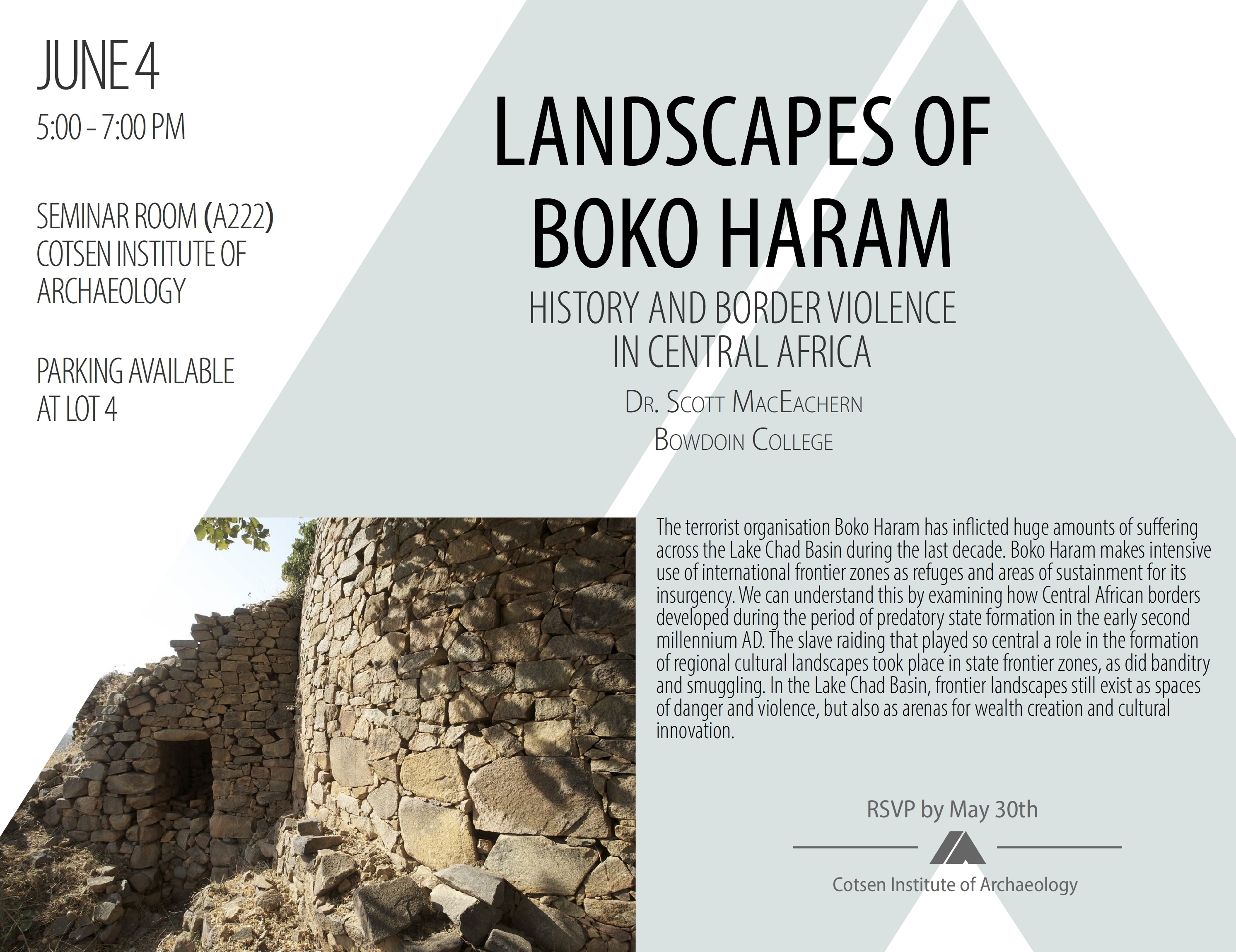
Contact Matthew Swanson
Email mswanson@ioa.ucla.edu
Phone
Speaker: Dr. Ashraf Sobhy, Fayoum Inspectorate
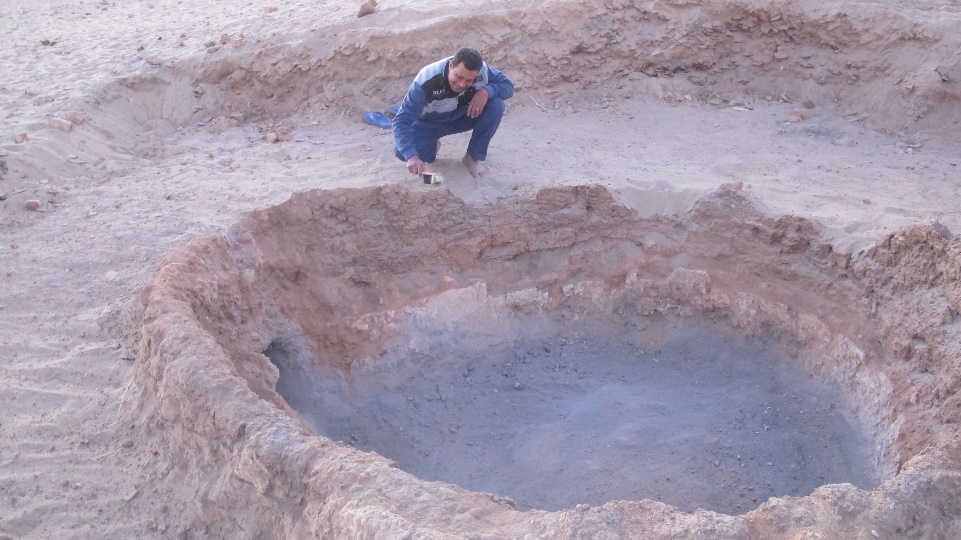
Contact Matthew Swanson
Email mswanson@ioa.ucla.edu
Phone
Speaker: Professor Duan Qingbo, Northwest University School of Cultural Heritage, Xi'an.
Followed by a concert of Chinese and Persian music by UCLA faculty, Li Qi and Amir Pourjavady.
Terra-cotta warriors, bronze chariots and horses are among the iconic artifacts associated with China's first imperial dynasty, the Qin (221-206 BCE). Chinese archaeologist Duan Qinbo shares new evidence that suggests the material culture and social governance of the Qin may not be solely indigenous Chinese, but may also have come to China along Central Asian trade routes.
*Presented by the UCLA Fowler Museum, Cotsen Institute of Archaeology, Department of Ethnomusicology, Boethius Initiative, Center for Chinese Studies, Confucius Institute, and Pourdavoud Center for Study of the Iranian World.
Contact
Phone
Speaker: Dr. Peter Wells, Professor of Anthropology, University of Minnesota
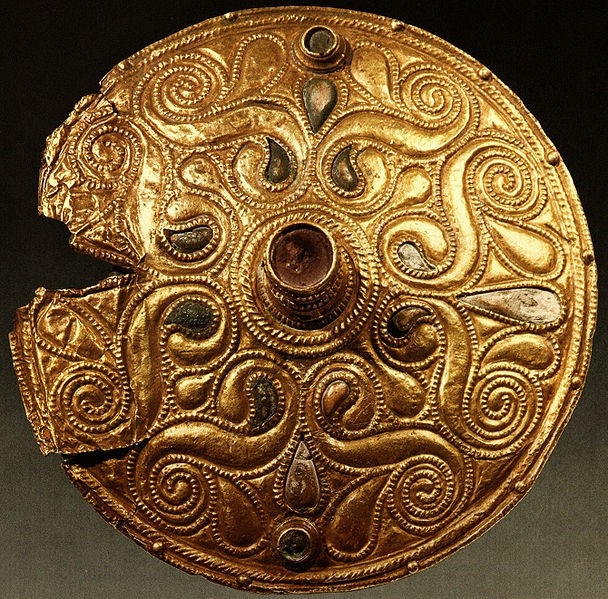
Contact Matthew Swanson
Email mswanson@ioa.ucla.edu
Phone 310-825-4169
Please see the flyer below for the upcoming UCLA Archaeology & Anthropology Film Festival. This will take place on Tuesday, March 13 from 4:00—7:30pm in the UCLA CNSI Auditorium.
Please RSVP here no later thanTuesday, March 6 at 12pm.
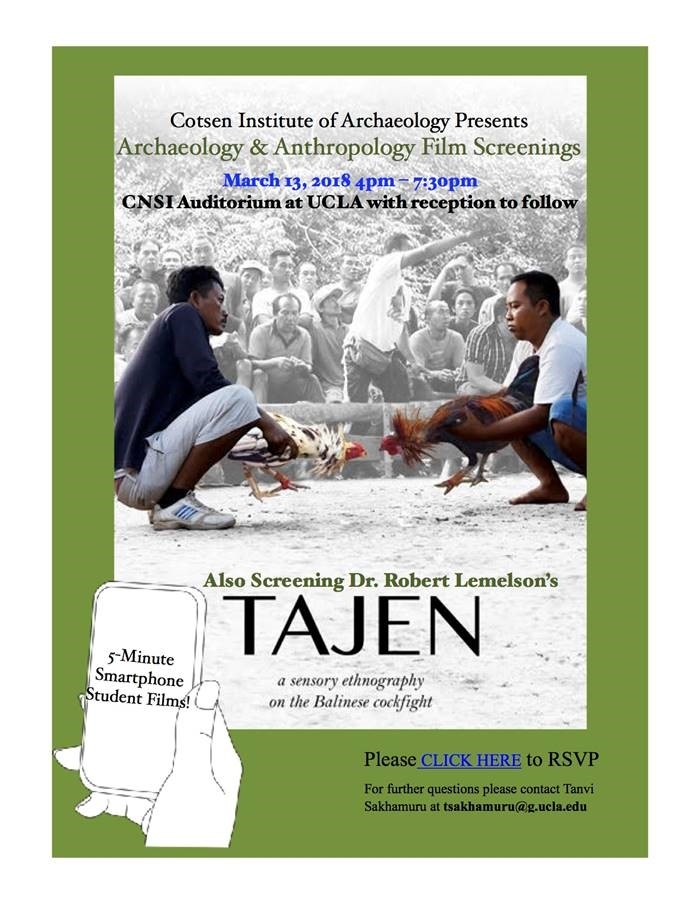
Contact Matthew Swanson
Email mswanson@ioa.ucla.edu
Phone
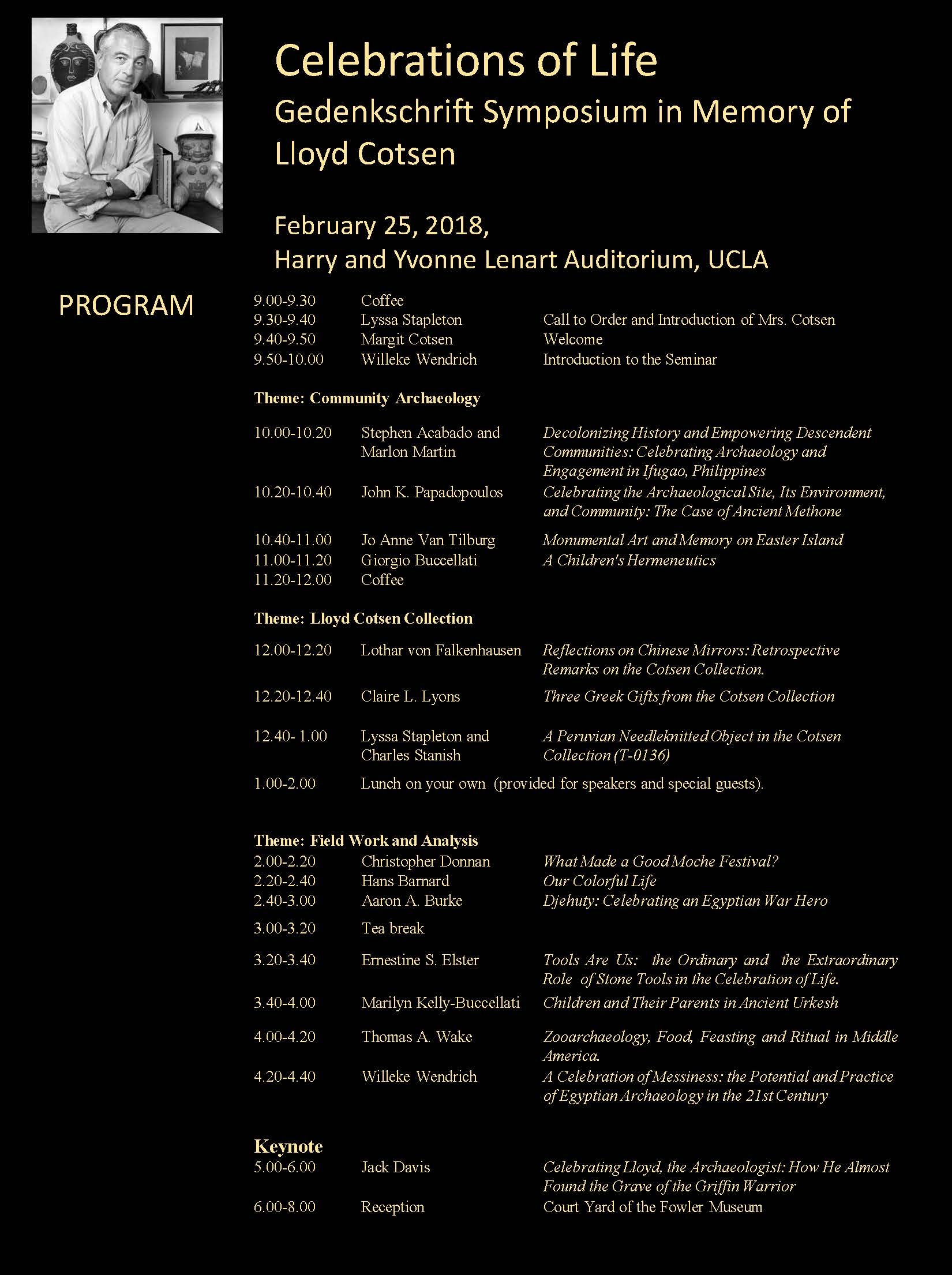
Contact Sonali Gupta-Agarwal
Email sonaliga@ioa.ucla.edu
Phone
Contact
Email archaeogradconference.ucla@gmail.com
Phone
Over the last hundred years or so, a number of theories have been proposed to explain the origins of ancient Israel. All these have been informed to some degree by the biblical text and all have considered the role of New Kingdom Egypt and the collapse of empires throughout the Near East circa 1200-1100 BCE. The lecture will present a radical new proposal: that Egypt itself instigated “Israelite” settlement.
Contact
Phone
Speaker: Dafna Langgut
Cores obtained from the Dead Sea and the Sea of Galilee were used to reconstruct past climate conditions in the Levantine region during the Bronze and Iron Ages. The records were studied in high resolution for their lithological and palynological patterns. Their chronological framework is based on radiocarbon dating of short-lived organic material. The detailed paleoclimate reconstruction points to a dramatic dry event in the later phase of the Late Bronze Age, around the middle of the 13th century BCE. This pronounced dry phase lasted about 120 to 150 years, and was followed by much wetter climate conditions during the Iron Age I. The increasing humidity enabled the expanding of agricultural activities in the area (e.g., cereals, olive). The Iron Age II was characterized by a slight decrease in humidity. This new high resolution paleoclimate reconstruction helps to better understand the so-called “Crisis Years” in the eastern Mediterranean, as well as quick recovery in the Iron I, including the emergence of new entities in the highlands regions of the Levant. It also shed light on the economic strategies of the region’s ancient settlers (e.g., agriculture, grazing).
Contact Matthew Swanson
Phone
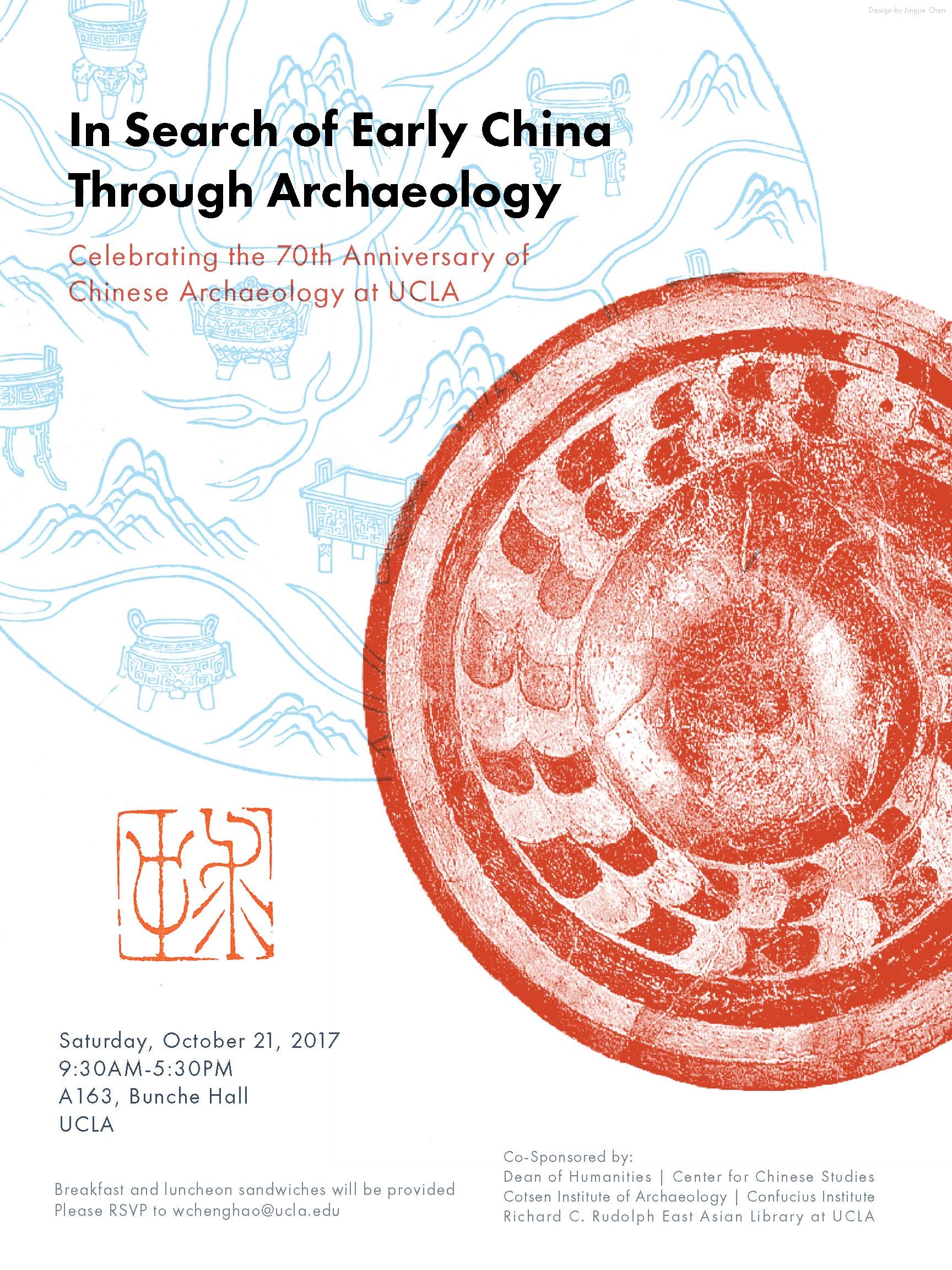
Contact Chenghao Wen
Email wchenghao@ucla.edu
Phone
- ‹ previous
- 6 of 7
- next ›



